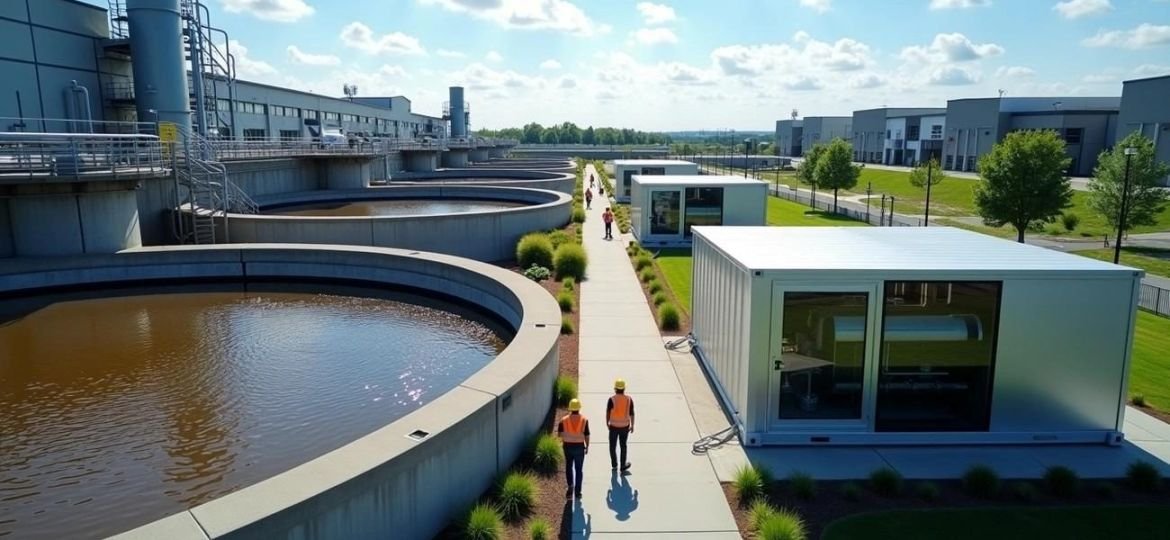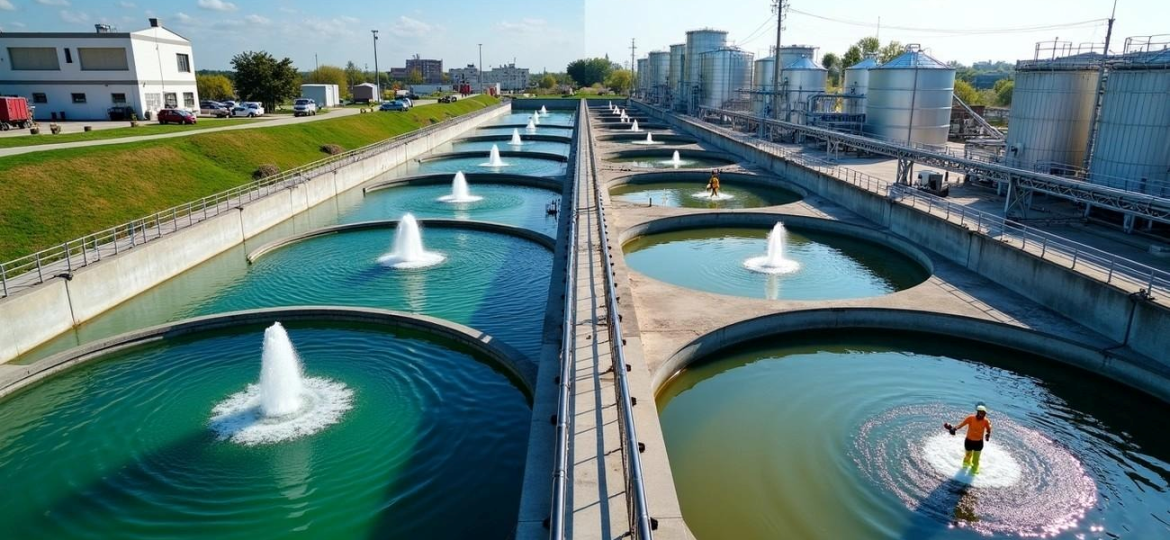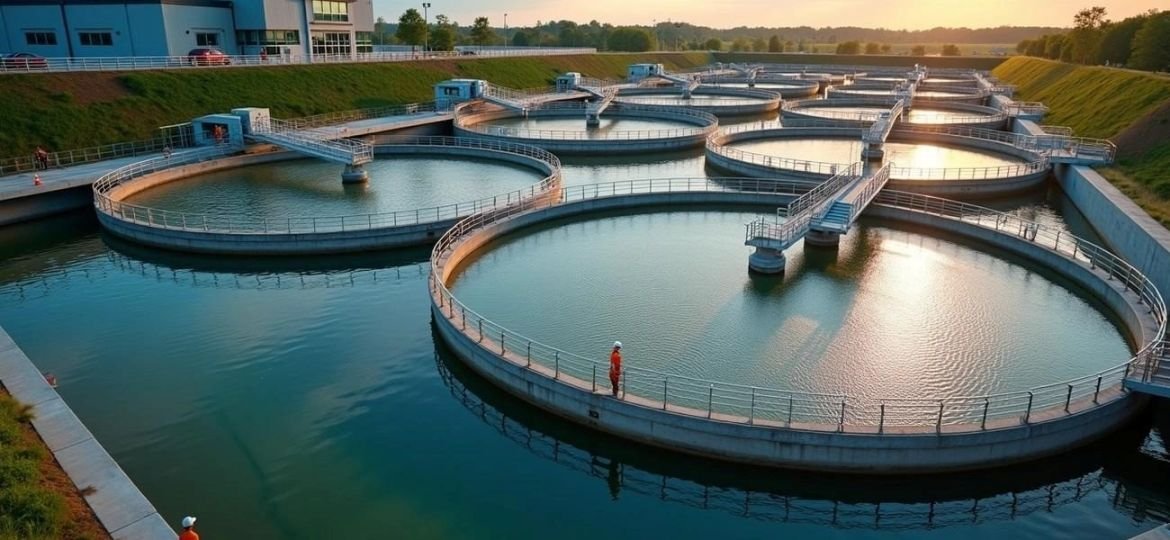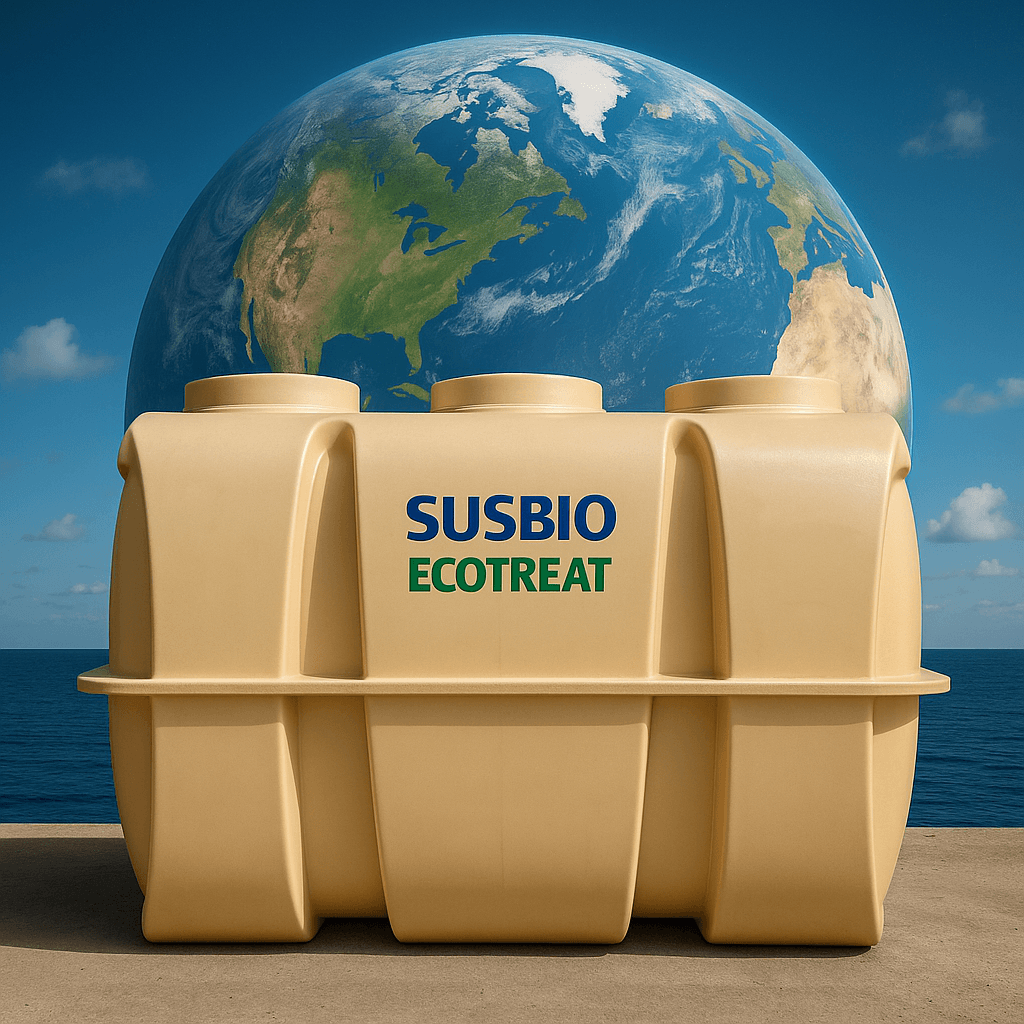Domestic waste water treatment is a critical process that ensures the safe handling and processing of wastewater generated from residential sources. Every day, households produce significant amounts of wastewater from bathrooms, kitchens, and laundry facilities that requires proper treatment before being released back into the environment. Without effective domestic waste water treatment, contaminants can pollute water bodies, harm aquatic ecosystems, and pose serious public health risks.
The importance of implementing proper domestic waste water treatment systems has grown substantially in recent years, especially in urban and suburban areas where population density continues to increase. Modern domestic waste water treatment approaches combine traditional methods with innovative technologies to create more efficient, sustainable solutions for managing household wastewater.
What is Domestic Wastewater?
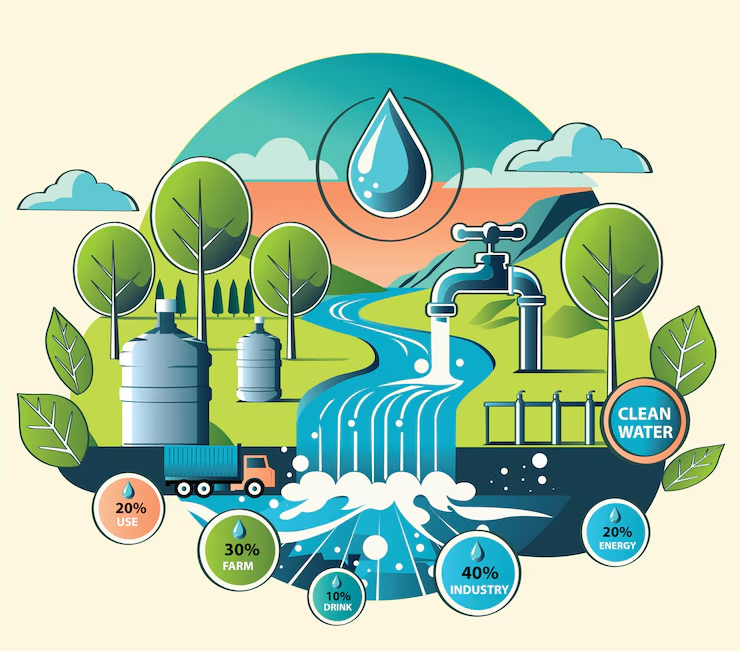
Domestic wastewater refers to the water discharged from residential properties after human use. This includes water from:
- Bathroom fixtures (toilets, showers, bathtubs, sinks)
- Kitchen appliances and sinks
- Laundry machines
- Other household water-using activities
Unlike industrial wastewater, domestic waste water primarily contains organic materials, soaps, detergents, oils, and human waste. The composition typically includes:
- Organic matter: Food particles, human waste, and other biodegradable materials
- Nutrients: Nitrogen and phosphorus compounds from human waste and cleaning products
- Pathogens: Bacteria, viruses, and other microorganisms that can cause disease
- Chemicals: Residues from soaps, detergents, and household cleaning products
Understanding the composition of domestic wastewater is essential for determining the most appropriate waste water treatment methods. Effective domestic sewage treatment must address all these components to ensure that treated water meets safety standards before being discharged or reused.
The Importance of Proper Domestic Waste Water Treatment
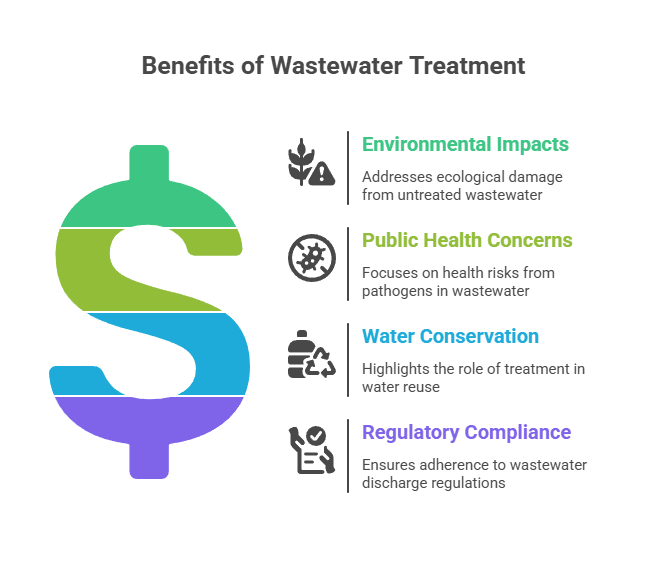
Implementing effective domestic waste water treatment is essential for protecting both public health and the environment. When wastewater is improperly managed, it can lead to:
Environmental Impacts
Untreated or poorly treated domestic wastewater can cause significant environmental damage. Excess nutrients like nitrogen and phosphorus can trigger algal blooms in water bodies, depleting oxygen levels and creating “dead zones” where aquatic life cannot survive. Additionally, chemicals from household products can harm plants and animals in receiving ecosystems.
Public Health Concerns
Pathogens in untreated domestic wastewater pose serious health risks. These include bacteria, viruses, and parasites that can cause diseases ranging from mild gastrointestinal issues to severe infections. Proper domestic sewage treatment eliminates these pathogens, protecting both public water supplies and recreational water bodies.
Water Conservation
With growing water scarcity concerns, domestic waste water treatment systems that enable water reuse are becoming increasingly valuable. Treated wastewater can be safely used for irrigation, toilet flushing, and other non-potable applications, reducing demand on freshwater resources.
Regulatory Compliance
Most regions have strict regulations governing wastewater discharge. Implementing appropriate domestic wastewater treatment systems ensures compliance with these regulations, avoiding potential fines and legal issues while contributing to community environmental goals.
Common Domestic Waste Water Treatment Methods
There are several waste water treatment methods available for domestic applications, each with its own advantages. These methods can be broadly categorized into conventional and alternative approaches:
Conventional Treatment Methods
Septic Systems
Septic systems remain one of the most common waste water treatment methods for homes not connected to municipal sewage systems. These systems use a combination of natural processes and time-tested technology:
- Septic tank: Separates solids from liquids through settling and flotation
- Drain field: Allows partially treated wastewater to filter through soil for final treatment
- Soil microbes: Provide biological treatment that removes remaining contaminants
While effective when properly maintained, traditional septic systems require significant land area and regular pumping to remove accumulated solids.
Activated Sludge Process
The activated sludge process is a biological waste water treatment method commonly used in larger domestic waste water treatment plants. This process:
- Uses aerobic bacteria to break down organic matter
- Requires aeration to provide oxygen for bacterial activity
- Produces high-quality effluent but requires significant energy for operation
Alternative Treatment Methods
Constructed Wetlands
Constructed wetlands mimic natural wetland ecosystems to treat wastewater. These systems:
- Use plants, microorganisms, and natural filtration
- Require minimal energy input
- Provide habitat for wildlife while treating wastewater
- Work well for small communities and individual homes with sufficient land
Membrane Bioreactors (MBR)
MBR technology combines biological treatment with membrane filtration:
- Produces extremely high-quality effluent
- Requires less space than conventional systems
- Allows for water reuse applications
- Has higher initial costs but offers long-term benefits
Comparing different waste water treatment methods can help you determine the best solution for your specific needs, considering factors like available space, local regulations, and desired water quality outcomes.
The Domestic Waste Water Treatment Process

The waste water treatment process typically involves multiple stages to ensure thorough purification. Understanding each step in the waste water treatment process helps homeowners appreciate the importance of proper system maintenance.
Primary Treatment
The first stage in domestic waste water treatment focuses on physical separation:
- Screening: Removes large objects and debris
- Sedimentation: Allows heavier solids to settle to the bottom of tanks
- Flotation: Enables lighter materials like oils and greases to rise for removal
This initial stage typically removes 50-60% of suspended solids and about 30-40% of the biological oxygen demand (BOD) from the wastewater.
Secondary Treatment
Secondary treatment primarily involves biological processes:
- Biological degradation: Microorganisms break down dissolved and suspended organic matter
- Aeration: Provides oxygen to support aerobic bacterial activity
- Secondary clarification: Separates treated water from biological solids
This stage can remove up to 90% of organic matter and suspended solids when properly designed and operated.
Tertiary Treatment
For higher quality effluent, tertiary treatment provides additional purification:
- Filtration: Removes remaining suspended particles
- Nutrient removal: Eliminates excess nitrogen and phosphorus
- Disinfection: Kills remaining pathogens using methods like UV light, chlorination, or ozonation
Tertiary treatment is increasingly important for domestic wastewater treatment systems in environmentally sensitive areas or where water reuse is planned.
Challenges in Domestic Waste Water Treatment
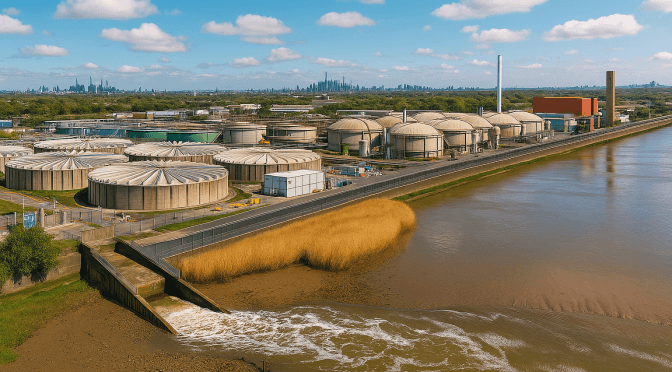
Despite advances in technology, domestic wastewater treatment system operators face several common challenges:
System Overloading
Many domestic systems struggle when subjected to flows beyond their design capacity. This can occur during:
- Peak usage periods
- Heavy rainfall events (for systems that collect stormwater)
- Population growth in service areas
Maintenance Requirements
Proper maintenance is essential for system performance. Common issues include:
- Neglected septic tank pumping
- Clogged filters and screens
- Equipment failures due to lack of regular inspection
Emerging Contaminants
Modern household products introduce new challenges:
- Pharmaceuticals and personal care products
- Microplastics from synthetic clothing and products
- Household chemicals that may inhibit biological treatment processes
Energy Consumption
Traditional waste water treatment plant designs often require significant energy, particularly for aeration and pumping operations, leading to high operational costs and carbon footprints.
SUSBIO ECOTREAT: A Revolutionary Solution for Domestic Waste Water Treatment
SUSBIO ECOTREAT utilizes a revolutionary packaged sewage treatment plant design with several key advantages:
- Durable Construction: Built with Fiber Reinforced Plastic (FRP) for exceptional longevity and resistance to corrosion
- Plug-and-Play Installation: Prefabricated modular design enables quick setup with minimal site preparation
- Dual Treatment Process: Combines anaerobic and aerobic treatment stages for superior pollutant removal
- Compact Footprint: Requires significantly less space than conventional systems, making it ideal for urban and suburban settings
- Fully Automated Operation: Sophisticated control systems minimize the need for human intervention
Energy Efficiency and Sustainability
One of the most remarkable aspects of the SUSBIO ECOTREAT system is its energy efficiency:
- Consumes up to 90% less electricity than conventional treatment systems
- Reduces operational costs significantly over the system’s lifetime
- Minimizes carbon footprint associated with wastewater treatment
- Produces less sludge, reducing disposal requirements and environmental impact
Adaptability and Performance
The SUSBIO ECOTREAT system demonstrates exceptional versatility:
- Handles varying wastewater loads effectively, accommodating fluctuations in household water usage
- Maintains consistent treatment quality despite changes in influent characteristics
- Requires minimal maintenance, with longer intervals between service requirements
- Produces high-quality effluent suitable for various reuse applications
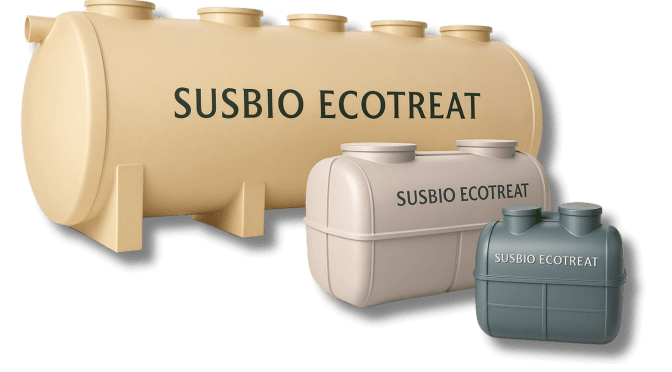
Real-World Applications
SUSBIO ECOTREAT has proven effective in numerous domestic settings:
- Individual homes and residential complexes
- Small communities and housing developments
- Areas with limited access to municipal sewage infrastructure
- Environmentally sensitive locations requiring superior treatment performance
By addressing the key challenges of traditional domestic waste water treatment approaches, SUSBIO ECOTREAT offers a forward-thinking solution that aligns with modern sustainability goals while meeting practical household needs.
Conclusion: The Future of Domestic Waste Water Treatment
As water conservation becomes increasingly critical, the importance of effective domestic waste water treatment will only grow. Modern systems like SUSBIO ECOTREAT represent the evolution of wastewater management—combining efficiency, sustainability, and practicality.
For homeowners and communities considering domestic wastewater treatment options, understanding the available technologies and their respective advantages is essential. The right system not only ensures regulatory compliance but also contributes to environmental protection and resource conservation.
Investing in advanced domestic waste water treatment solutions today provides long-term benefits for both individual properties and the broader community. With innovations like SUSBIO ECOTREAT leading the way, the future of domestic wastewater management looks promising—offering more efficient, sustainable, and accessible options for everyone.
To learn more about implementing effective domestic waste water treatment solutions for your property, contact wastewater treatment experts who can provide guidance tailored to your specific needs and circumstances.
Frequently Asked Questions
1. What is domestic wastewater and how is it different from industrial wastewater?
Domestic wastewater is the water discharged from homes after daily activities such as bathing, cooking, washing, and toilet use. It primarily contains organic matter, human waste, nutrients, pathogens, and household chemicals. Unlike industrial wastewater, it does not typically contain heavy metals or toxic industrial by-products.
2. Why is domestic wastewater treatment important?
Proper domestic wastewater treatment protects public health, prevents pollution of natural water bodies, ensures compliance with environmental regulations, and enables water reuse. Without treatment, pathogens and nutrients in wastewater can harm ecosystems and spread disease.
3. What are the common methods used for domestic wastewater treatment?
Common methods include:
Septic systems (for decentralized treatment)
Activated sludge processes (in larger treatment setups)
Constructed wetlands (eco-friendly, low-energy systems)
Membrane Bioreactors (MBR) (compact, high-efficiency systems)
4. What are the main stages in the domestic wastewater treatment process?
The treatment typically involves:
Primary Treatment: Physical removal of solids and grease
Secondary Treatment: Biological degradation using aerobic bacteria
Tertiary Treatment: Advanced filtration, nutrient removal, and disinfection
5. What challenges are associated with domestic wastewater treatment?
Key challenges include:
Overloading of treatment systems
High energy consumption
Maintenance issues like clogged filters or equipment failure
Emerging contaminants like pharmaceuticals and microplastics
6. How does SUSBIO ECOTREAT improve domestic wastewater treatment?
SUSBIO ECOTREAT is a compact, FRP-based prefabricated system with dual treatment (anaerobic + aerobic), low energy use, and minimal maintenance. It’s fully automated, space-efficient, and produces high-quality effluent suitable for reuse—making it ideal for homes, apartments, and small communities.



